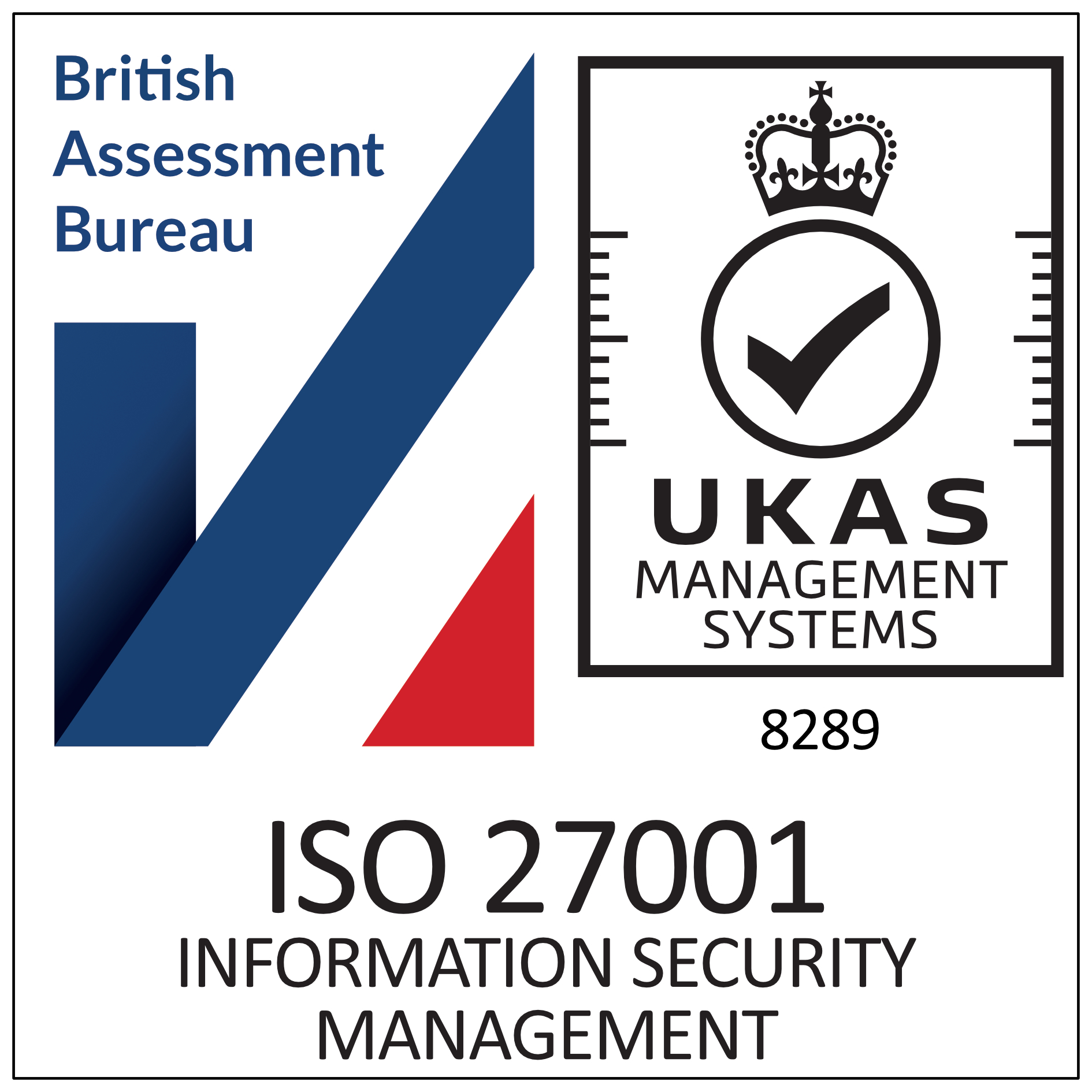Unlocking the NHS Workforce Puzzle

We are all familiar with the phrase: ‘right people, right place and right time’ and let’s add ‘right skills’ and ‘right qualifications’ in for good measure. So there you have it. Problem solved. Just get that right and all of the NHS workforce issues are fixed. Thanks for reading.
Oh, there’s more? If it was that easy there wouldn’t be a problem in the first place. In fact, to many this may seem as an impossible dream. The reality seems more like this: having just enough people working their backsides off to try and deliver the best quality patient care possible in spite of the pressures.
While this is an honourable approach, and I have nothing but respect for those individuals, it is comparable to being a boxer with one arm tied behind your back. Let’s extend that analogy a little further, the arm is restrained using a combination lock and the more you struggle, the tighter it becomes.
So how does the NHS release itself from the combination lock?
I have read countless white papers and guidance which focus on solving the workforce conundrum within the NHS with catchy headlines such as:
- A Strategic Framework for Workforce Planning and development in the NHS (2018)
- Transforming the NHS workforce through Technology: Integrated workforce planning (2019)
And of course the big one:
- The NHS long term plan (2019)
All of these whitepapers have five common key areas of guidance, which reduced down are the following:
- Increase workforce capacity;
- Improve workforce skills and capabilities;
- Use technology to support workforce planning and delivery;
- Develop new models of care;
- Improve staff morale and wellbeing.
The well intentioned aim here is to highlight a range of measures to lessen the current burden on the NHS workforce.
But the problem here is the solutions leave out two important factors: time and money. It is obvious that funding has decreased and that with greater pressure, time is a scarce commodity.
How do you use the measures above to open that combination lock when your focus is on defending yourself with your one good arm?
Well time and money are not suddenly going to appear, riding over the hill to save the day. So we have to work with what we have got and find a solution which focuses on the following questions: how do we spend what money we have to create more time? And how do we make informed evidence based decisions with the money we do have?
Picture this. Not so long ago I attended an NHS Confed conference as a supplier with the expressed aim of showcasing how our systems can help. Alongside me was a colleague who is a retired paediatric psychiatrist. The day did not pan out as I had expected. Instead of being sales-focused, the day turned into a recruitment drive. When attendees caught wind of a paediatric psychiatrist in the house it turned into multiple Dragon’s Den pitches trying to coax him out of retirement. This story serves to highlight the depth of the problem and also some of the unique approaches people are taking to try and solve it.
When you appreciate the gap between the reality and the ascribed solution, you can’t help but feel part of a dramatic Star Trek scene with Scotty being told by Captain Kirk he has five minutes to fix a problem that he says will take hours. Unfortunately we are not in a Star Trek movie and the ending would be much less satisfying if Scotty tries his best but ultimately can’t achieve it. These problems are real and the solutions in their current forms, albeit obvious, are not achievable. Otherwise wouldn’t they have been achieved already?
Much like the white papers, I can tell you the practical solutions I believe will make things, at least in part, better:
- Demand-led Workforce Modelling
- Service Redesign
- Team and Individual Job Planning
- Workforce Information
- Change Management
And as was highlighted to me in my last post:
- Urgent, Emergency and Routine provision
- Service level agreements
- Effective and efficient rostering
But, as with all advice, the key is execution. A plan is only as good as your ability to execute it and that is where the nuance is. Get it right and the plan will have a major impact. Get it wrong and those scarce commodities of time and money will decrease even further. So, since we all know the plan, the answer is an innovative approach to the execution.
If you do not have time or capacity to achieve the plan, remove the need for time and capacity. Let someone else execute the plan and focus on providing you with the outcomes, which is the purpose of the plan in the first place. Apply the right people with the right skills and the right qualifications at the right time and in the right place to deliver what you need.
No-one ever said it had to be you doing it. Use what you have to buy more time. Release the second arm, bring in a locksmith who is also a coach, a mentor, a promoter and a corner man.
If you want to know more, be an early adopter and help shape the future of workforce optimisation while ultimately improving patient outcomes. Email phil@sardjv.co.uk for a discussion.










